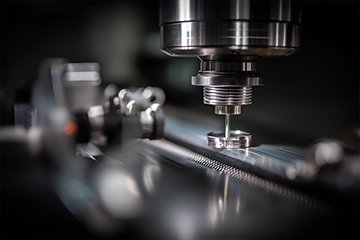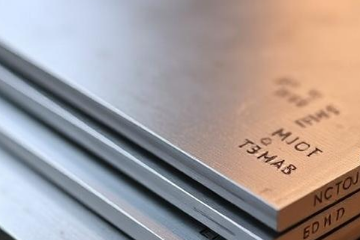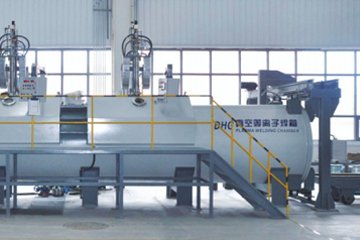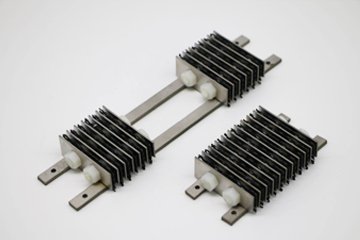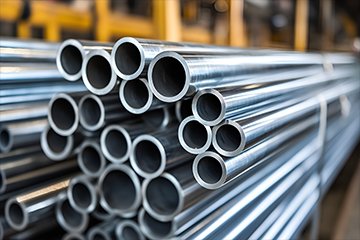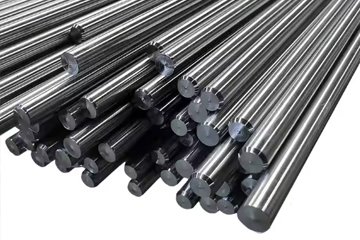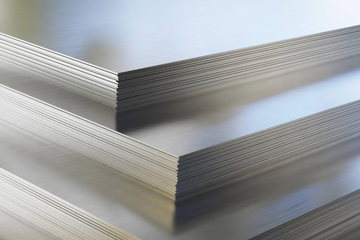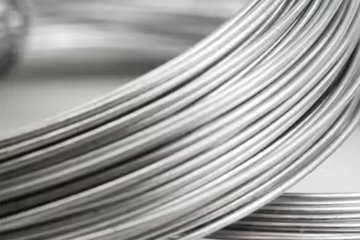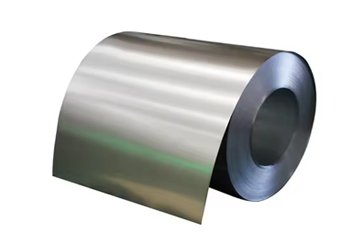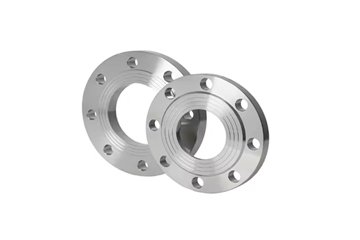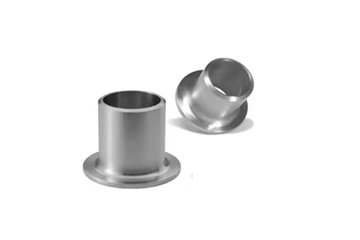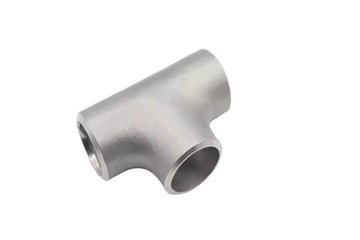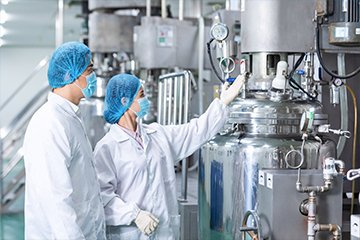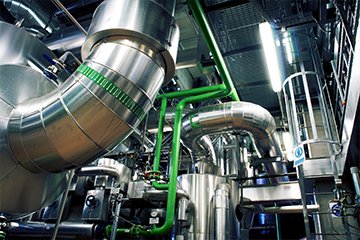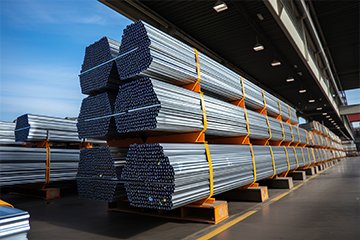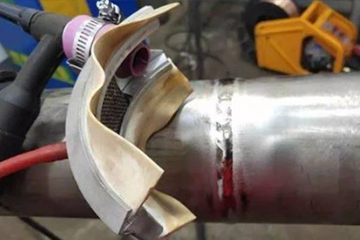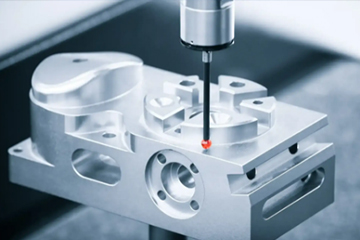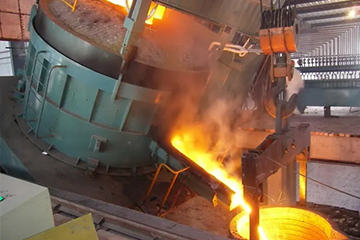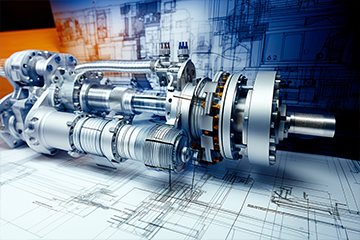Heat treatment is a critical post-fabrication step used to manipulate the microstructure and enhance the mechanical properties of titanium alloys, such as ductility, fracture toughness, creep resistance, and thermal stability. Key heat treatment processes include :
Annealing
Annealing is a metallurgical heat-treating process that alters the chemical and physical properties of titanium. It involves heating the metal to a specific temperature, holding it, and then slowly cooling it. This process allows atoms to migrate within the metal's lattice, leading to improvements in ductility, fracture toughness, creep resistance, and thermal stability. Different types of annealing, such as mill annealing, duplex annealing, and recrystallization annealing, are employed depending on the desired final properties .
Stress Relieving
This is a common form of heat treatment applied to a wide range of titanium alloys. Its primary aim is to reduce residual stresses that develop during fabrication processes like machining or welding, thereby preventing distortion and improving dimensional stability [1].
Solution Treating and Aging
Solution annealing, followed by quenching and then aging, is used to achieve the highest strength in titanium alloys. This process involves heating the alloy to a temperature where specific phases dissolve into a solid solution, rapidly cooling it to retain this solution, and then aging it at an intermediate temperature to precipitate fine particles that strengthen the material .


